What kind of fruits can I eat if I have high blood sugar? What should I pay attention to when I eat it?
Hello, everyone! I'm Blessed Dad, a clinical dietitian. I hope my answer is useful to you.
Diabetes is most concerned about their blood sugar, and almost all foods have some effect on blood sugar when eaten, and apples are no exception. Many diabetics worry that their blood sugar will rise significantly after eating apples, which do have a sweet taste.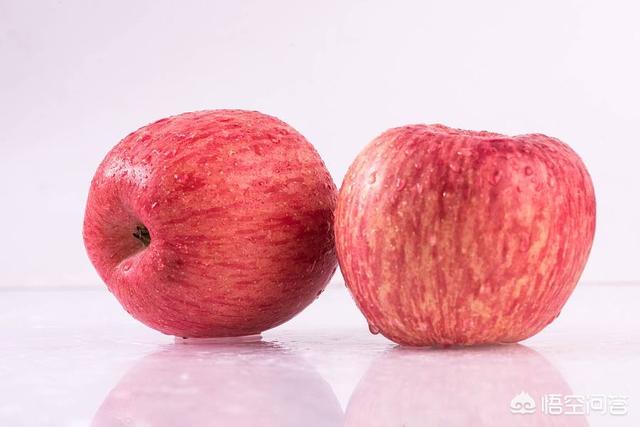
This concern is not without reason, it's just that it's the rate of absorption of carbohydrates that is related to elevated blood sugar, not directly related to sweetness. For example, starch has almost no flavor, but it is digested and absorbed very quickly, and its glycemic index is very high, so the speed and magnitude of blood sugar rise after eating it is very high. The sweetness of inulin is very high, but the human body can hardly digest and absorb inulin, so the impact on blood sugar is very small.
Apples contain about 10% carbohydrates, mainly fructose, which is 1.8 times sweeter than sucrose, so apples taste sweeter. But the absorption and digestion of fructose is slower than starch and sucrose, so the glycemic index of apples is only 36, which belongs to the low glycemic index food, and the impact on postprandial blood glucose is relatively small, and diabetic patients can eat.
In addition to containing fructose, apples also contain a relatively large amount of dietary fiber, especially rich in pectin. Dietary fiber helps to slow down the digestion and absorption of carbohydrates, which is helpful in smoothing postprandial blood sugar. In addition, apples also contain a variety of vitamins and antioxidant plant compounds, which help to help diabetics protect cardiovascular.
Summary: Apples are a low-sugar fruit that diabetics can eat. Of course, diabetics should pay attention to eating apples, not more than 200 grams per day. In addition, eating a variety of fruits is a better way to get a variety of beneficial nutrients than eating apples alone as well.
I'm FooDaddy, a clinical dietitian, so if you think I'm making sense, give me a like 😜 Follow my headline for more nutrition and health information.

We have all heard that "an apple a day, the doctor away from me", but for diabetics, apples in the end can eat? How much can you eat? How to eat it? However, diabetics casually eat apples, it is really easy to eat out of the problem, especially a way to eat apples will quickly raise blood sugar!
1, apples in the fruit is considered the general sugar content of the fruit
In the fruit data of the second edition of the Chinese Food Composition Table (CFCS) in December 2009, the carbohydrate content per 100g of red Fuji apples was 11.7g, and that of yellow marshall apples was 14.7g. ..... .100g The average value of carbohydrate content of apple was 13.5g, which was similar to pear and peach, but lower than that of fruits such as fresh jujube, durian, mango, banana, pineapple, hawthorn, persimmon and pomegranate. But apples contain more sugar than watermelons, apricots, oranges and grapefruit.
2, apples belong to the low GI (glycemic index) low GL (glycemic load) food
The Glycemic Index GI value of apples is 40, which is lower than banana 60, mango 50, pineapple 60~70, which belongs to low GI food, as long as you don't eat too much at one time. At the same time, apples are also a low glycemic load GL food, so they are a more suitable fruit for diabetics.
3, apples are rich in pectin, tannin, potassium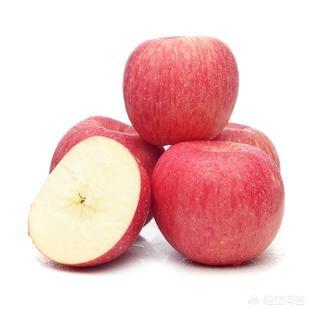 Apples contain more pectin, which is a kind of soluble dietary fiber, especially in the apple skin; in addition to apples are rich in tannins (cut apple browning is because of tannin oxidation), apples also contain potassium, more suitable for patients with three high. (However, the potassium content of apples is lower than that of most vegetables, grains and potatoes.)
Apples contain more pectin, which is a kind of soluble dietary fiber, especially in the apple skin; in addition to apples are rich in tannins (cut apple browning is because of tannin oxidation), apples also contain potassium, more suitable for patients with three high. (However, the potassium content of apples is lower than that of most vegetables, grains and potatoes.)
4. How should diabetics eat apples?

As a dietitian who works with diabetics year-round, I recommend 1 per day, eaten in 2 to 3 servings, that is, no more than 1 ½ at a time, and placed between meals to better prevent hypoglycemia.
5. There is a way to eat apples that will raise your blood sugar quickly
Apples have a thousand good, but for diabetics eat too many apples at a time is not desirable, especially not the apple juice to drink. Eating apples in the form of juice will not only cause a rapid rise in blood sugar, but will also result in a greater loss of nutrients. This is because it may take you 10 minutes to eat an apple, but the juice from two apples can be consumed in less than a minute, and the calorie intake, sugar intake, and postprandial glycemic response is several times that of eating an apple directly.
Although apples do not contain much vitamin C, the polyphenolic antioxidants in them oxidize rapidly after juicing, which not only leads to browning of the juice, but also results in nutrient loss. Apple juice filtration will also lose pomace, and pectin content of high pomace in addition to increase satiety, delay gastric emptying time, but also more conducive to the control of blood sugar. Therefore, drink fruit juice and other "eat" fruit way to beware of rapid increase in blood sugar.
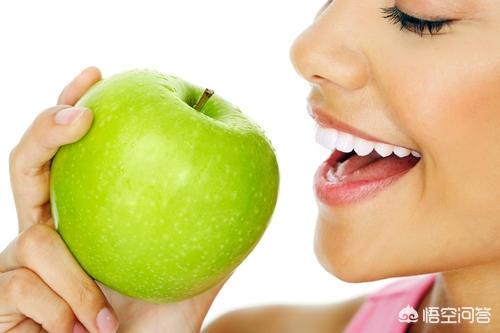
Apple, botanically categorized as belonging to the genus Apple in the Rosaceae family, is the most common fruit and is known as the "fruit of love". There are many varieties of apples, with slight differences in color, size, sweetness and sourness, but the nutritional value is generally the same.
For every 100 grams of apples, there are 54 kilocalories and 13.5 grams of carbohydrates, which are only one-sixth of the equivalent weight of rice. The Glycemic Index (GI) of apples is 36, which is a low GI food.

In the case of a sugar patient with a milder, more stable condition, you can eat about half a regular apple at a time at your discretion, which usually does not adversely affect your blood sugar.
The carbohydrate in apples is mainly fructose. It is sweeter than sucrose, is absorbed quickly in the body, is not insulin dependent, and has little effect on blood sugar.
This is because 100 grams of apples have a low Glycemic Load (GL) GL of less than 5 (13.5 in carbohydrates * Glycemic Index 36/100 = 4.86), and much less than 10 (greater than 20 is a high GL food).
And, eating apples in moderation is even beneficial for high blood sugar. Apples are low in calories and fat, which can partially replace staple foods and reduce calorie intake, which is beneficial for weight control. Weight loss is beneficial in promoting insulin sensitivity in the blood.
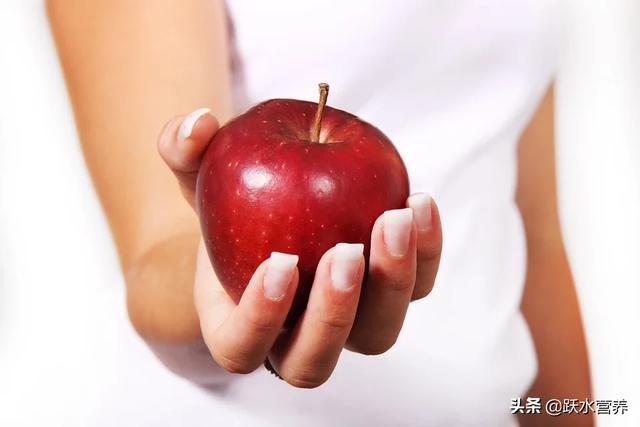
Apples are rich in potassium (119 mg per hundred grams), which is good for controlling blood pressure and protecting blood vessels; it also contains the mineral chromium - chromium is an important component of the glucose tolerance factor in the body, which enhances the role of insulin; malic acid and dietary fiber in apples can stabilize blood glucose and lower blood lipids.
However, be careful not to juice apples (eating too quickly can have a big impact on blood sugar) and stay away from dried apples (high sugar content). General recommendations: eat apples between meals and one hour before bedtime, and sugar lovers should not consume more than one medium-sized (200 grams) apple at a time.
Apples are a popular fruit, available all year round and all over the world, large in size, nutritious and inexpensive, these are the advantages of apples. In terms of nutrition, every 100g of apple contains 52kcal, 0.06mg of vitamin B1, 0.02mg of vitamin B2, 4mg of vitamin C, 119mg of potassium, 14mg of calcium, 0.6mg of iron, which is a typical low-calorie, high-nutrition fruit. In addition, apples are also rich in quercetin, proanthocyanidins, catechol, epicatechol, chlorogenic acid, root bark glycosides and other health components, not only comprehensive nutrition, but also many health benefits. The Dietary Guidelines for Chinese Residents (2016 edition) recommends eating fruit every day, ensuring a daily intake of 200-350g of fresh fruit, equivalent to a medium-sized apple, but not replacing it with apple juice.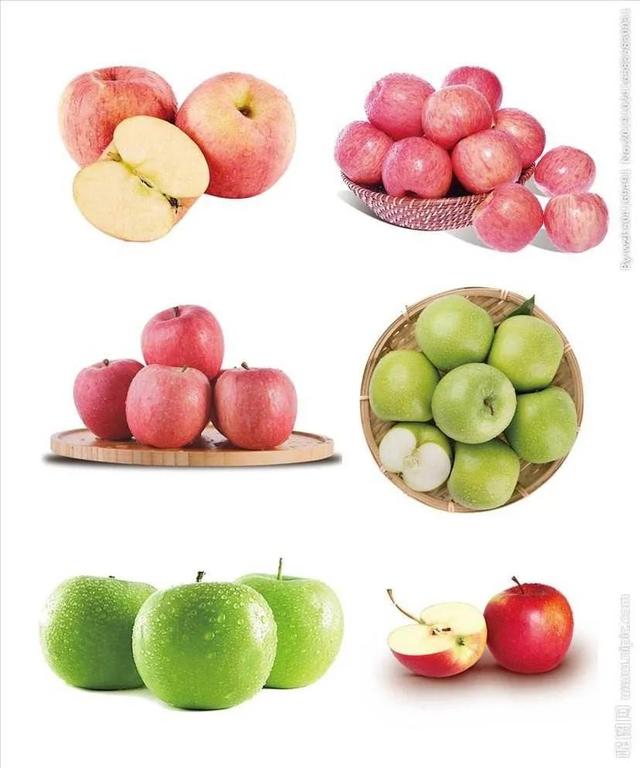
About apples, there are many studies confirming its health value, there are a large number of epidemiological studies found that eating apples regularly can reduce the risk of obesity, cardiovascular and cerebrovascular diseases, bronchial asthma, chronic obstructive pulmonary disease, type 2 diabetes, osteoporosis, and a variety of cancers such as oral cavity, pharyngeal, esophageal, lung, colon, liver cancer, which may be associated with a variety of antioxidants contained in apples. In addition, although the apple skin contains polyphenols, flavonoids and proanthocyanidins and other antioxidant components, but there is also a small amount of pesticide residues, or we are advised to eliminate the skin and then eat, will not reduce the nutritional value of the apple. There is no limit to the time to eat apples, want to eat, it is recommended to eat between meals, will not feel too much support. Try to eat apples directly, if you make apple juice, the nutritional value and health effects will be greatly reduced.
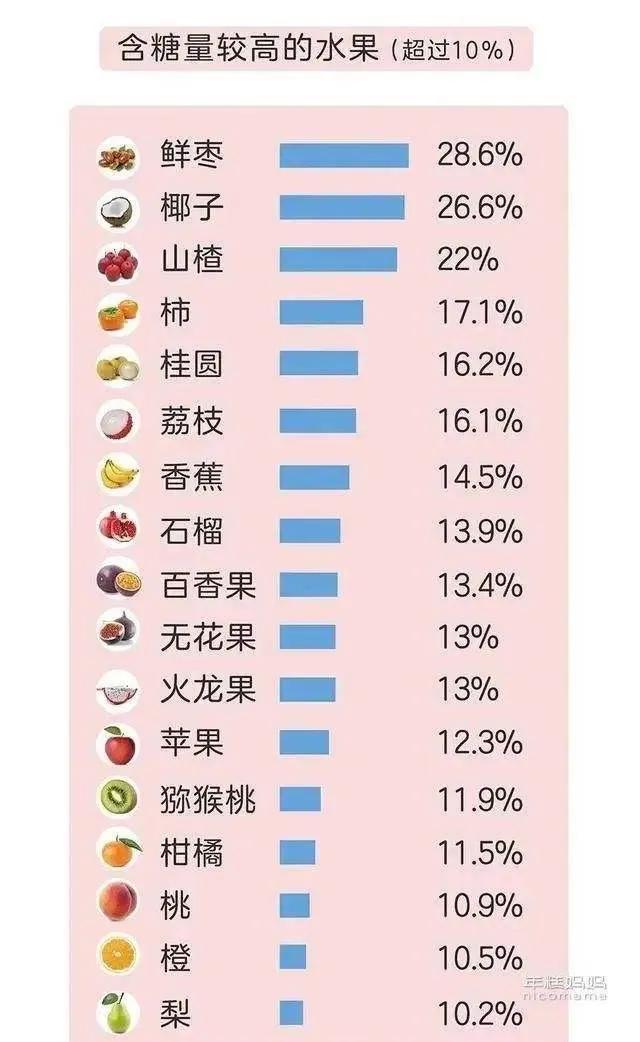
Evaluate whether a fruit is suitable for diabetic patients to eat, not by the sugar content, but to refer to the glycemic index and glucose production load, this is because fruits generally contain fructose, sucrose, glucose and starch and other sugars, also called carbohydrates, the sweetness of these sugars is different, fructose is the sweetest, sucrose is the second, and then glucose, and finally starch, which is almost no sweetness, in addition, fruits also contain acidity organic acid and astringent ellagic acid, perhaps the fruit that tastes sweet, but the sugar content is not high, for example, watermelon, melon, grapes and other fruits contain only 5.5%, 5.8%, 9.9%, while the fruit that does not taste too sweet, but the sugar content is much higher, for example, tangerine that is acidic contains 11% of sugar, sweet and sour cherries and apples contain 12% of sugar, and tart hawthorn contains 22% of sugar, thus , sugar lovers should not be fooled by the flavor of fruits.
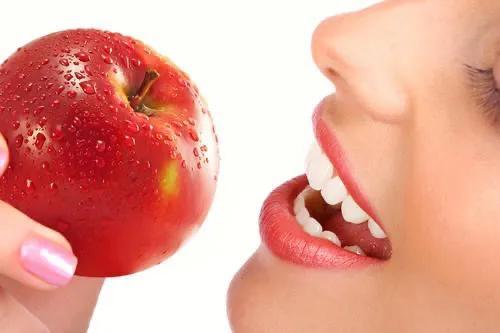
Finally, apples are rich in pectin and other dietary fibers, which can slow down the digestion and absorption of carbohydrates, so that glucose slowly enters the bloodstream, helping to stabilize postprandial blood glucose, which is a good choice for sugar lovers. Take a look at the glycemic index and glycemic load of apples, the glycemic index is used to evaluate the food caused by postprandial blood glucose response index, the glycemic index of apples is 36, which belongs to the low glycemic index food, which means that after eating apples, the postprandial glucose increase speed is very slow, and it will not cause dramatic fluctuations in blood glucose. Glycemic load is used to evaluate the ability of quantitative food to raise blood glucose. The glycemic load of apples is 4.43, which is at a medium level, indicating that after eating apples, the effect of raising blood glucose is not so obvious. Therefore, sugar lovers can eat apples in moderation. Eating one medium-sized (about 200g) apple a day has no significant effect on blood glucose control.
Hi, Sanno Speak Sugar is happy to answer your questions!
Nutritional value of apples
Apple is a kind of food often eaten in life, with high nutritional value. Apples are sweet and sour in nature, calm in nature, belonging to the spleen meridian and lung meridian. Apples are rich in vitamins, carbohydrates, sugars, organic acids, proteins, pectin, malic acid, carotene and calcium, phosphorus, iron and other mineral elements, which provide sufficient nutrients for the human body.
For diabetics, apples have a sugar content of 11-13% and a glycemic index of less than 55%, making them a low sugar content fruit. The sugar content of green apples is lower than that of red apples. Apples are high in carbohydrates, which can provide people with sufficient energy and help the body metabolize.
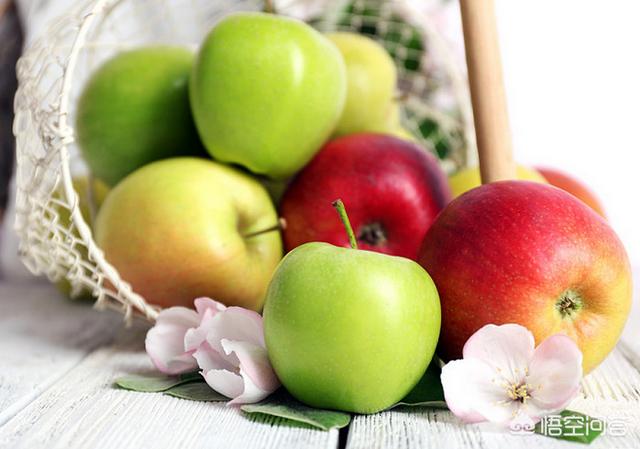
Apples also contain a large amount of dietary fiber, which can promote gastrointestinal peristalsis, accelerate food digestion, and improve the detoxification ability of the human body. Apples also contain vitamin C and flavonoids, has a good antioxidant effect, can remove free radicals in the body, delay aging.
Apple is a very beneficial fruit for health. Moderate consumption of some apples can keep blood sugar stable, but also effective in reducing cholesterol, improve the respiratory system and lung function, and can increase the body's memory, but also can replenish the brain and blood, and condense the spirit and sleep.
Are apples suitable for diabetics?
Whether diabetics can eat apples depends on the patient's blood sugar control. For diabetic patients whose blood sugar control is not particularly good, especially when fasting blood sugar is too high, it is not recommended that this part of the person to eat fruits, including apples, patients can choose to lower sugar content of tomatoes or other green vegetables instead of fruit.

If the diabetic's blood sugar is relatively stable, then it is possible to eat apples appropriately. However, it must be limited, and the amount of 50-100g per serving is appropriate. Moreover, the time to eat fruit is also delicate, it is recommended that patients eat between meals to alleviate the obvious hunger before meals, reduce the occurrence of preprandial hypoglycemia, but also do not let the postprandial blood glucose rises too high, to play the role of cutting the peaks and filling the troughs, and for the stabilization of blood glucose will also be of some help.
As an example: if the patient eats breakfast at eight in the morning and lunch at twelve, it is recommended that the fruit be added at around nine-thirty or ten in the morning. If the apple is particularly large, it is recommended to use a small amount, such as eating half. If the apple is smaller, you can choose to eat one and adjust the amount and time.
In addition, calorie counting is required for eating apples, which should be discounted to the patient's total calorie intake for the day. Blood glucose should be monitored 2 hours before and after eating apples to prevent fluctuations in blood glucose.
In conclusion, apples belong to the low sugar content, low glycemic index fruit, diabetic patients eating apples is beneficial to diabetic patients, in the case of blood sugar stabilization, diabetic patients can eat apples in moderation.
It's not easy to write by hand. If you agree with the views in the article, appreciate a like, click a concern, if you have any questions, you can leave a message or invite "Sanno talk about sugar" to answer!
Apples are very common fruits in life, rich in nutrients, good meaning, and very popular among the people. In the past, it was thought that diabetics could not eat apples because of their sweet taste, which contains a lot of sugar. In fact, most of the sugar contained in apples is fructose. The absorption and metabolism of fructose does not require the help of insulin, so eating apples in moderation does not have a significant impact on high blood sugar. In order to study the impact of food on blood sugar, there is a medical term - glycemic index.

What is the glycemic index?
Glycemic index is the degree of change in blood glucose concentration after food intake compared to the intake of an equivalent amount of glucose, and represents the relative ability of sugary foods to raise blood glucose levels relative to each other. Therefore, the lower the glycemic index, the weaker the ability of the food to raise blood glucose. Apples are a low glycemic index fruit with a glycemic index of 36.
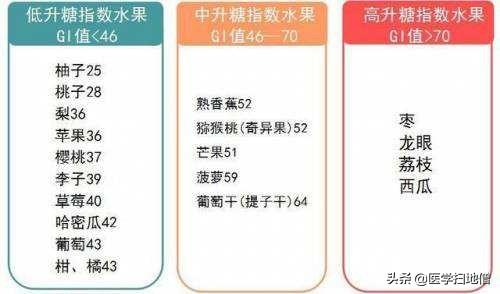
There are a few things to keep in mind when eating apples with diabetes
1, eating apples is best eaten between meals. Do not advocate eating fruit immediately after meals, otherwise it is easy to lead to a one-time intake of excessive carbohydrates, resulting in high postprandial blood glucose, aggravating the burden on the pancreas.
2. Eating apples must control the amount and reduce the amount of staple food accordingly. If you eat 200 grams of apples per day (which provides about 90 kilocalories), you should reduce the amount of staple food by 25 grams.
3, it is best not to use apple juice to drink, if you want and juice to join some vegetables into fruit and vegetable juice. For example, carrot, bitter melon juice, vegetables are rich in dietary fiber, can help digestion, excretion, promote metabolism.

(The above content only represents personal opinion, the picture is from the network, infringement immediately deleted.)
Your question is very good, just because you have high blood sugar doesn't mean you can't eat fruits, but you need to be careful to choose the right fruits.
So? How should diabetics eat fruit? Let's take an example, watermelon is very sweet, does it necessarily have a great impact on blood sugar, can not eat at all?
To answer the above question, first, we must understand the three indicators that affect blood glucose: the Glycemic Index GI, carbohydrate content and glycemic load GL.
Glycemic Index GI
The Glycemic Index GI, also known as the glycemic index, is the ratio of the glycemic effect of a food to the glycemic effect of a standard food (usually glucose), and refers to how much of a glycemic response the body will elicit from consuming a certain food. This index reflects the rate and ability of a food to raise blood sugar compared to glucose.

The Glycemic Index (GI) of a food is used to measure the effect of carbohydrates in a food on blood glucose concentration. Foods with high GI are digested and absorbed quickly after entering the gastrointestinal tract, and glucose is released quickly, which means that blood glucose rises quickly; foods with low GI have a long residence time in the gastrointestinal tract, low absorption, and slow glucose release, which means that blood glucose rises slowly.
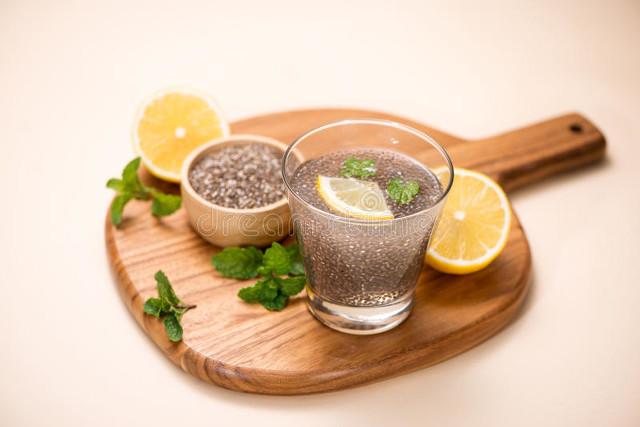
Glycemic Index GI <55为低GI食物,血糖生成指数GI在55~70之间为中等GI食物,血糖生成指数GI>70 is a high GI food.
carbohydrate content
Carbohydrates provide calories to the body. Carbohydrate content is the amount of carbohydrates contained in 100g of food, which represents the calorie content of the food and is also commonly known as the sugar content. Diabetic patients have to control the total calories per day, if the total daily intake of calories exceeds the limit, it will affect blood sugar. Therefore, it is still okay to eat some fruits when the total calories in a day remain unchanged.
Generally speaking, fruits with <10% carbohydrates are considered low sugar fruits, fruits with between 10-20 carbohydrates are considered medium sugar fruits, and fruits with >20 carbohydrates are considered high sugar fruits.
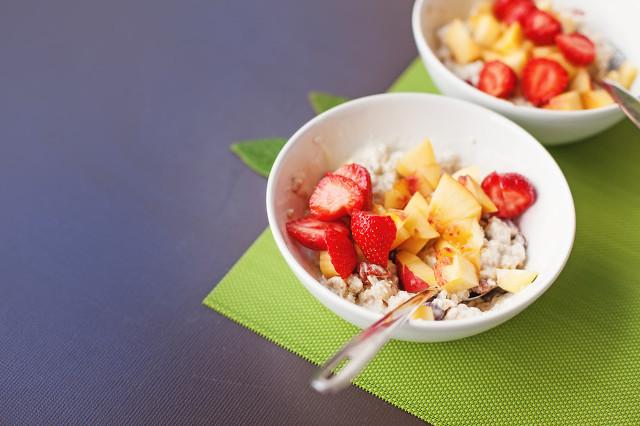
Glycemic load GL
From Glycemic Load GL = GI x the amount of actual available carbohydrates (g)/100 from the intake of the food, this metric reflects the effect of the amount of carbohydrates on blood glucose.
Glycemic load GL <10 was low GL food, glycemic load GL between 10 and 20 was medium GL food, and glycemic load GLL >20 was high GL food.

Then, knowing these three indicators, we can combine the actual look at which fruits can be eaten, as in the following table, has listed some of the fruits that can be consumed, limited consumption and not recommended for consumption, you can refer to it. (It should be noted here that the GL values in the table are the GL values of 100g of fruit).
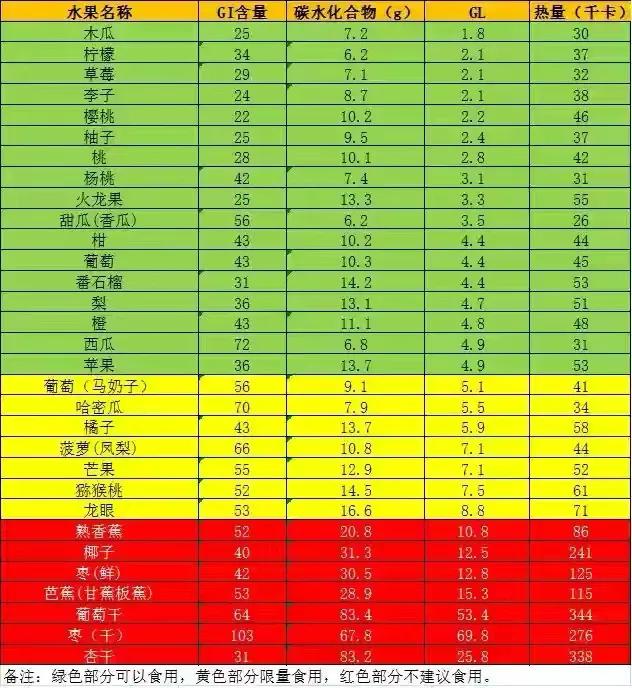
Let's take a look at watermelon, although watermelon is very sweet, 100g of watermelon has a glycemic load GL of 4.9, so eating 100g of watermelon at one time doesn't have a big impact on blood sugar. However, if you eat 500g of watermelon at one time, the GL value reaches 24.5, and the effect on blood glucose is great. Therefore, the effect of fruits on blood glucose not only depends on the GI value, but also the amount of food eaten is very important.
Do's and Don'ts of Eating Fruits
After we know how to choose fruits, we should also know that there are also the following precautions for diabetics to take when eating fruits:
- Eating fruits can only be eaten after blood sugar control is stable, which means fasting blood sugar <7.8mmol/L, 2-hour postprandial blood sugar <10mmol/L, and glycated hemoglobin <7.5%. If your blood sugar has not been controlled steadily, you can choose tomato or cucumber.
- Eating fruit is usually chosen between two main meals, almost 10:00 a.m. or 3:00 p.m., or eat after hunger and physical activity, but do not eat fruit immediately before or after a meal, otherwise it will cause large fluctuations in blood sugar.
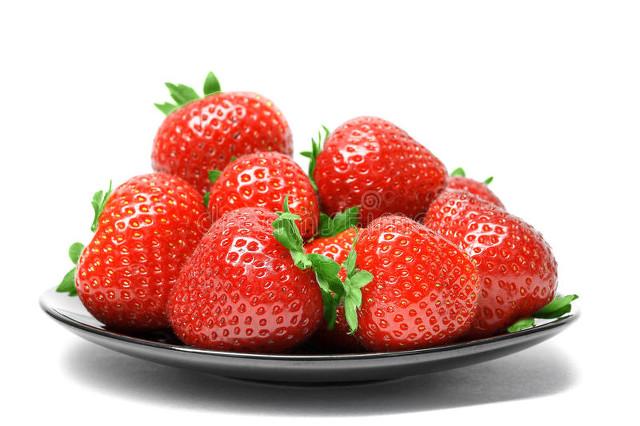
- Choose low GL fruits, and also pay attention to control the amount of food eaten, it is appropriate to eat less than 200g per day. In addition, when you eat fruit, you should also deduct the calories of the fruit from other foods, so as to ensure that the total daily calorie intake does not exceed the standard.
- Everyone's digestion and absorption abilities are different, and fruit affects everyone's blood sugar differently, so you should monitor your blood sugar when you first choose a new fruit.
I am a doctor and a baby mama, I hope to explain some common diseases to you in the simplest voice, if you like my article, please help to like or click a follow.
There is no rule that says you can't eat fruit if you have high blood sugar; only that you should pay attention to the total amount of sugar intake, for example, some grapes are sweeter, then you can eat two or three grapes, and another kind of grapes may be much less sweet, then you can eat four or five grapes. There is also the time to eat, if you are full of food and then eat fruit, then the blood sugar will certainly rise. If you eat a little bit between meals, and then at the next meal, the rice a few bites less, so that the overall basic balance, it is not a big problem.
Depending on how much you eat, high blood sugar patients eating apples is recommended to be less than half, preferably a quarter, although apples are common fruits, when I was small, there is a phrase in English called "an apple a day the doctor does not come to find me", although the nutritional value of apples and cost-effective are very high, but apples are also high in sugar content of the fruit, there is a wealth of fructose, it is not recommended that patients with high blood sugar to eat too much apple. Patients with high blood sugar eat too much apple.
Glutinous Food Nutrition says focus: Apple is a common fruit, and there is also a phrase: an apple a day, the doctor away from me. So what effect does eating apples have on high blood sugar?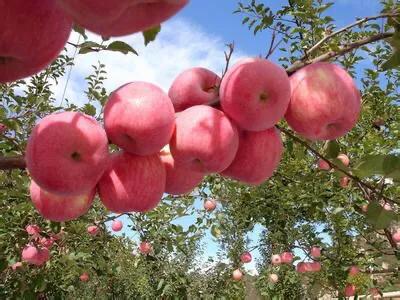
First of all, what are the benefits of eating an apple a day?
Dietary Guidelines for Chinese Residents suggests that the daily intake of fruit is 200-350g, so the weight of a medium apple is almost that much, which is more concise and in line with the requirements of fruit intake.
Apples, especially the peel, have more dietary fiber, which can add some dietary fiber to increase satiety and delay blood sugar.
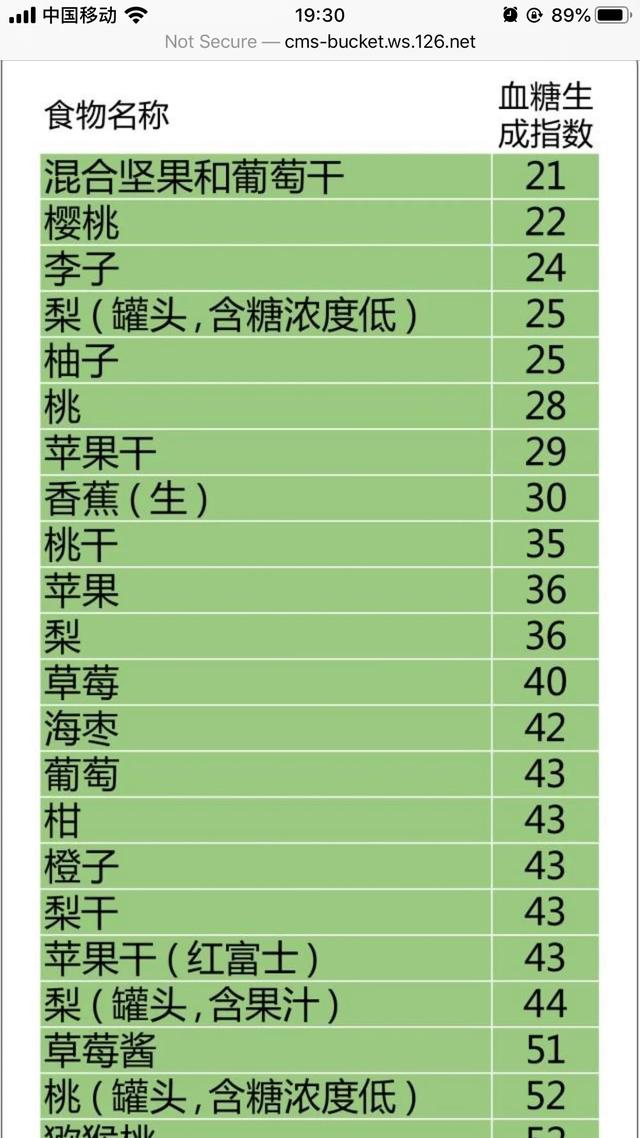
Second, apples are a low GI fruit.
The GI value is the glycemic index of a food, and a value of less than 55 is a low GI food that meets dietary requirements. Apples have a GI value of 36, which is a low GI fruit. Furthermore, apples are high in water content and not high in energy, which has a lower impact on blood glucose.
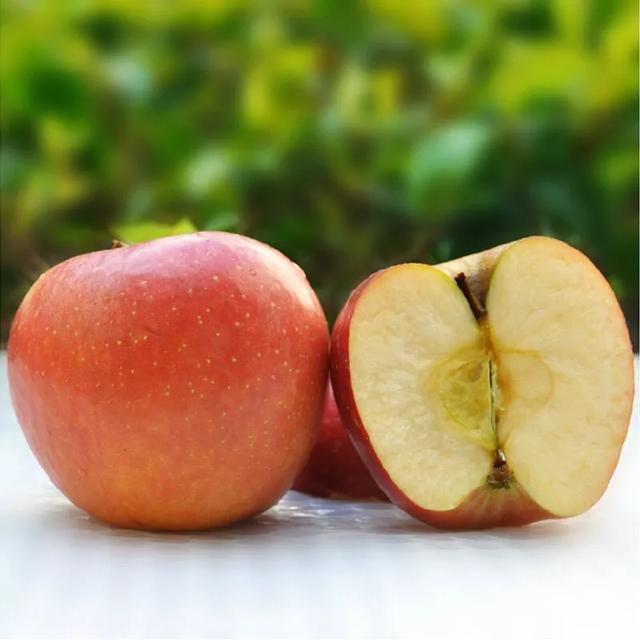
Third, apples are recommended to be consumed between meals.
As an addition between meals, it can add a little source of energy and can also alleviate hypoglycemia.
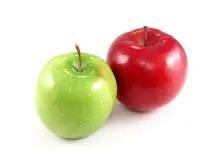
Notes:
1, Ying Food Nutrition original answer content, I hope to help you; original is not easy, infringement must be investigated!
2、Pictures from the Internet, if any infringement, contact to delete!
This question and answer are from the site users, does not represent the position of the site, such as infringement, please contact the administrator to delete.